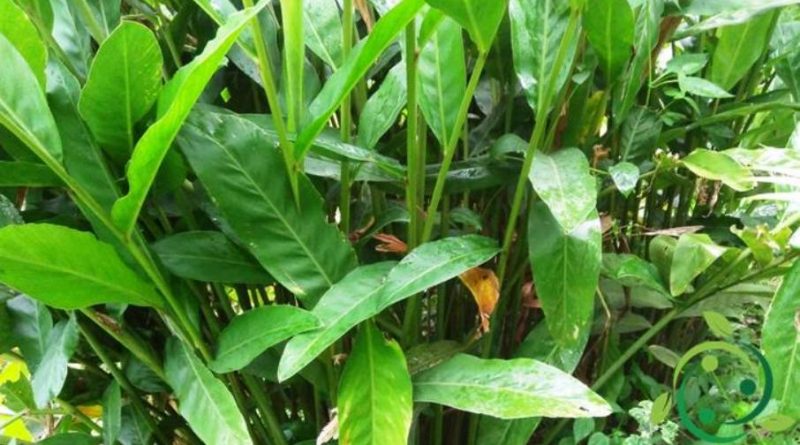How to grow Alpinia
How to grow Alpinia
The galangal (Alpinia galanga (L.) Willd.), Is a herbaceous plant of the Zingiberaceae family originating in the countries of Asia.
It is a plant that can be grown, with particular precautions even in countries with a temperate climate such as in Italy.
First you need to find an area with bright and sunny exposure for many hours a day, a necessary condition for optimal plant growth; in any case it is good to avoid areas with excessive and sultry heat.
The suitable substrate is that of a soft, fresh and well-drained soil; this to allow optimal development of the root system, from which new shoots continuously grow, which give rise to new plants.
For this reason, if it is to be grown in pots, the containers must be large enough to guarantee a balanced development.
Regarding the water needs, if the Alpinia plant is grown in the ground, this requires regular and frequent watering, especially in periods of prolonged drought and during the flowering period.
For plants raised in the apartment, watering, although regular, should be done but only when the soil is completely dry. To ensure the right degree of ambient humidity during the months of the year in which the home heating system is active, often spray the leaves with non-calcareous water at room temperature. Watering should be reduced in intensity immediately after flowering.
Now let’s see the fertilization.
This operation must be carried out from the vegetative restart and until the end of flowering. For plants grown in pots it is appropriate to administer, on average every 20 days, a specific liquid fertilizer for flowering plants suitably diluted in the water.
For plants grown in the ground, the use of well-humified organic substance at the base of the head to be made before the vegetative restart is recommended.
As far as propagation is concerned, Alpinia galanga reproduces by seed in spring but can also be propagated vegetatively by dividing the tufts to be carried out always in the spring period.
In multiplication by seed, it is necessary to previously soak them in warm water for a day.
The seedbed must be prepared using a soft and loose soil mixed with sand. The seedbed must be kept at a constant temperature of 25 ° C for the entire germination period which can go from a minimum of two to a maximum of six months.
In agamic multiplication, this technique is faster, obtaining plants that are always identical to the mother.
This technique must be carried out using a well sharpened and disinfected knife or razor blade, with which to take the basal shoots that continuously form at the foot of the adult plant.
At this point the plant is extracted from the ground and portions of the rhizome with some well-developed roots are detached.
Subsequently, the cut portions that have been obtained are rooted in a substrate composed of peat and sand in equal parts.
Then make sure that the soil should be kept slightly moist for as long as necessary for rooting.
Once the rooting has taken place, which occurs after about a month and which manifests itself with the appearance of new leaves and new shoots, the new seedlings thus obtained are immediately repotted in single and bred pots like the mother plant.
We also see repotting.
For this technique it is necessary to consider that the root system of Alpinia occupies, in a short time, all the available space and, therefore, the plant grown in pots must be transferred every year, in spring, to a larger pot than the previous one and using the new virgin loam.
For pruning, on the other hand, it is a plant that does not require special interventions, but it is still necessary to eliminate dry leaves to avoid the spread of any fungal diseases.
Speaking of possible pathologies, the greater galangal can be sensitive to the attack of aphids or mites and cochineal, animal parasites that usually nest under the lower page of the leaves, forming whitish dusty clusters.
In addition, if the cultivation environment is too dry, it can also be attacked by the red spider that weaves thin cobwebs between the stems of the leaves.
To avoid the proliferation of aphids and mealybugs, it is recommended to avoid the use of nitric nitrogen which tends to soften the leaves excessively making them very palatable by these insects.
Treatments with non-toxic Marseille soap-based products can be carried out with spraying, in cases of significant infestations, even every 7 days.
One last tip: in winter, especially in not very temperate environments, it is good to protect the plants with a straw mulch. In late summer, plants grown in pots must be brought home.

